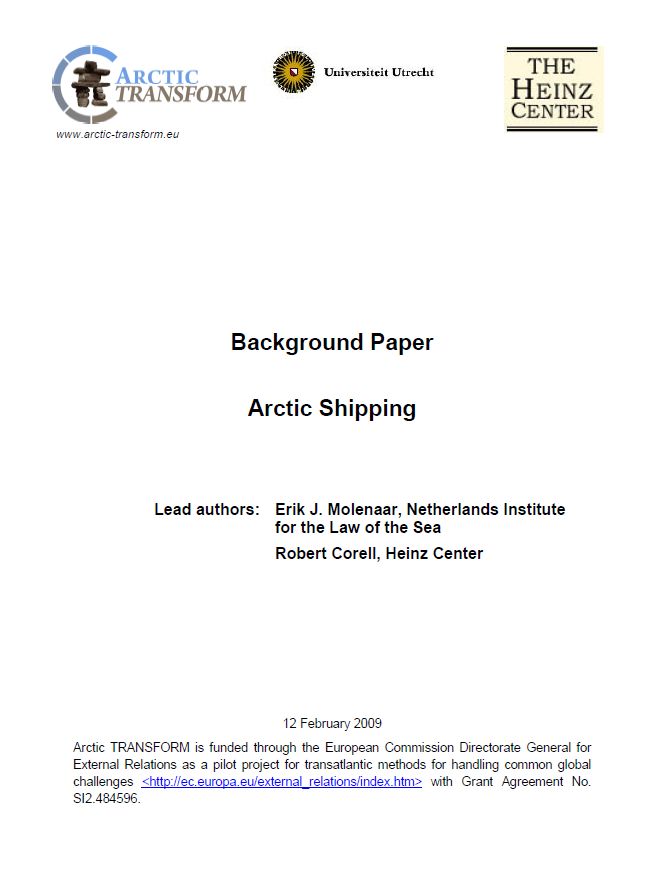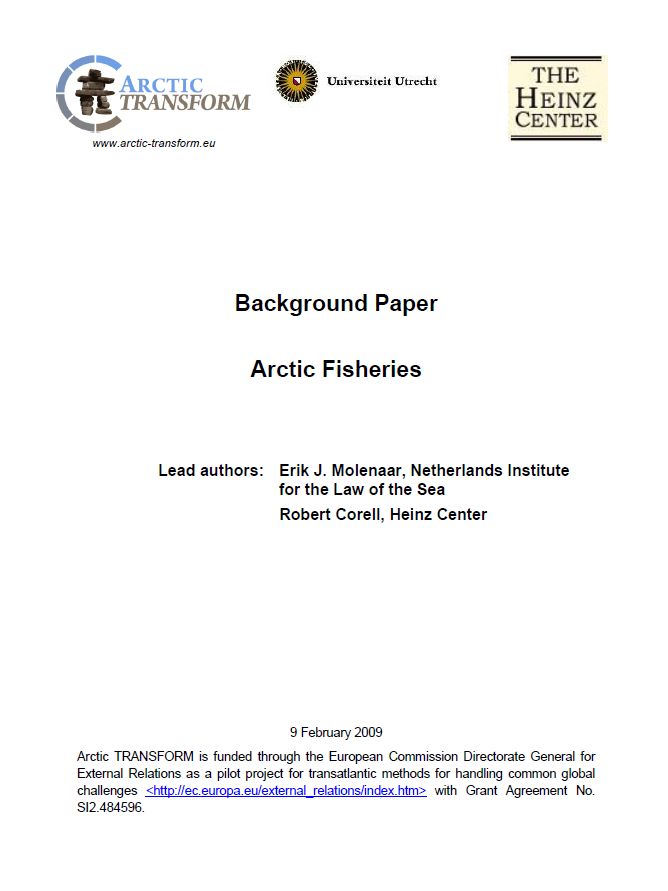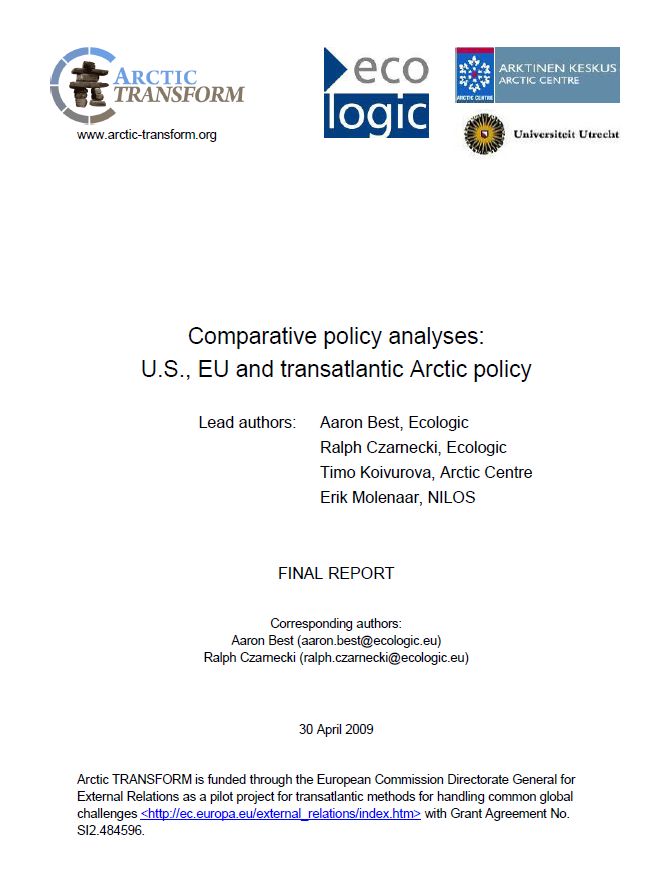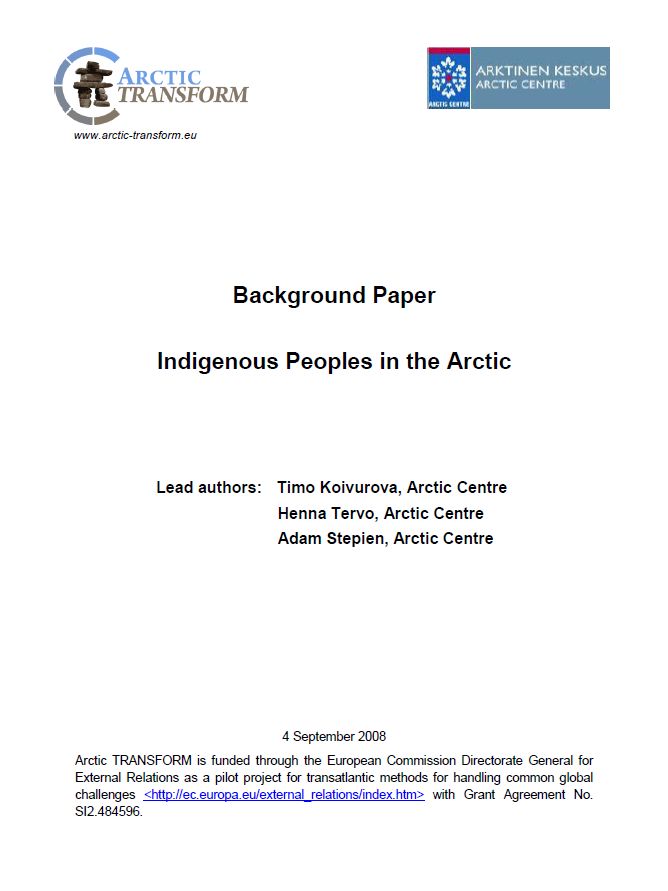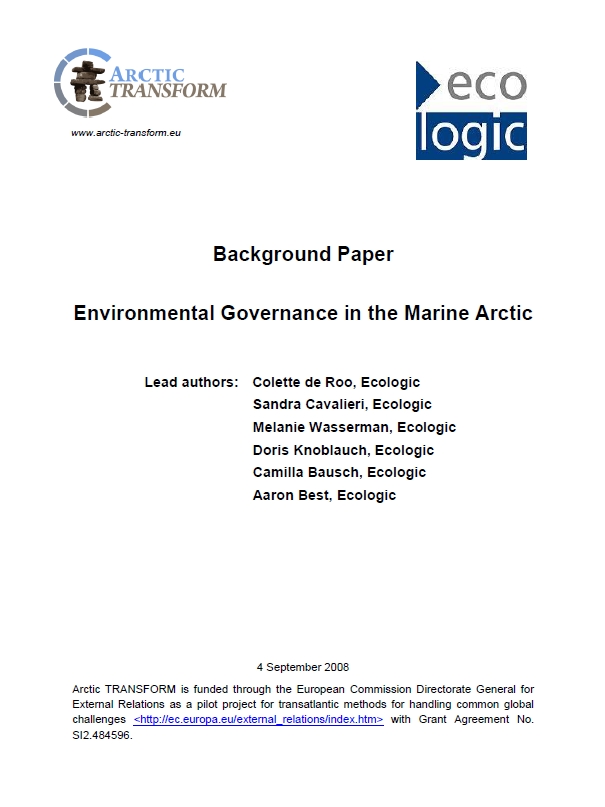This background paper, prepared by the Arctic Centre in September 2008 as part of the Arctic TRANSFORM project addresses the magnitude of current oil and gas activities in the offshore Arctic and outlines the potential environmental, social and economic consequences of the offshore hydrocarbon activities. It examines the international legal framework for offshore oil and gas activities in the Arctic, including transboundary environmental assessment of oil and gas activities and addresses the current policy context in offshore oil and gas activities in the Arctic. The background paper is available for download.
Offshore hydrocarbon activity in the Arctic marine area is on the rise. There are numerous reasons for this. It is estimated that the Arctic sea bed may hold almost one-fourth of the world's undiscovered oil and gas deposits. Due to global warming, sea ice in the Arctic is melting rapidly and thereby the Arctic waters are increasingly open for resource exploration and exploitation. Global demand for oil and gas is also increasing despite policy efforts to switch to more climate-friendly energy sources. This demand further increases the pressures to exploit the Arctic's hydrocarbon deposits. Furthermore, the progress in technology, ship design, the drilling gear and logistics have made the accessibility to Arctic waters easier than before for the purpose of offshore hydrocarbon exploration and exploitation. Offshore oil and gas activity may have potential adverse consequences on the local marine environment in the event of oil spills – spills, which can have direct or indirect social and economic impacts for the region.


